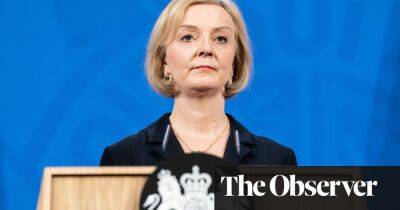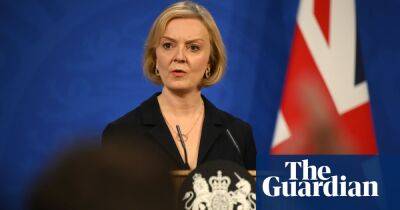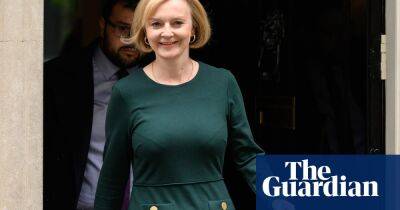Kwarteng’s latest ‘we’re listening’ messaging fails to reduce credibility gap
At last, some clarity from Kwasi Kwarteng, even if we’re only talking about the day on which the chancellor intends to make himself clear. The grand unveiling of the debt-cutting plan will happen on 31 October, which risks riffs about ghoulish Halloween tricks but is better than trying to prolong the agony until late November.
The Office for Budget Responsibility will be released from captivity on the same day and permitted to opine on Kwarteng’s “medium-term fiscal plan”. So normal service, or something like it, is being restored – and in time for the Bank of England’s interest rate-setters to announce their critical next decision on 3 November in full possession of the fiscal facts.
By way of further “we’re listening” messaging, a Treasury old hand, James Bowler, was installed as permanent secretary on Monday. Orthodoxy hasn’t been banished completely. And the Bank made its market-calming contribution by tweaking its emergency gilt-buying programme – the one designed to prevent mayhem among defined-benefit pension schemes and a risk to UK financial stability.
Is everybody now feeling relaxed and refreshed? Well, not exactly. First, a potential cliff-edge comes as soon as this Friday, when the Bank ends its gilt-buying programme. On that score, Threadneedle’s Street’s Monday manoeuvres were only partly reassuring.
On one hand, the original timetable is intact, which implies some level of confidence that liquidity in the gilt market has improved, as does the light use of the £65bn facility so far.
On the other, there is still a need to create a new facility from next week in which the Bank will accept investment-grade corporate bonds as collateral; that could suggest there are still a few stragglers in pension-land with the
Read more on theguardian.com
















